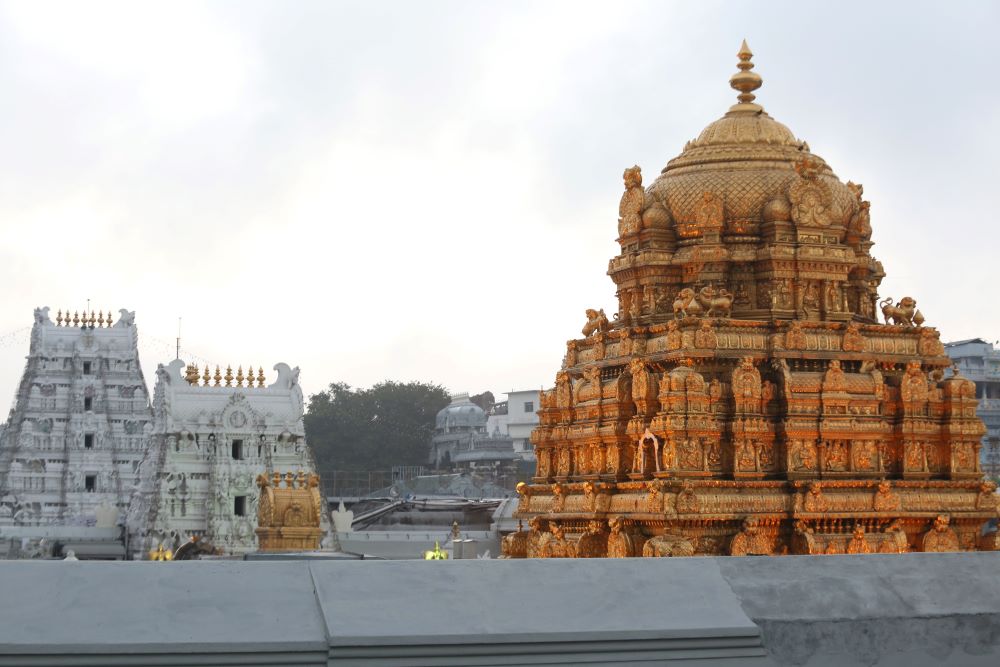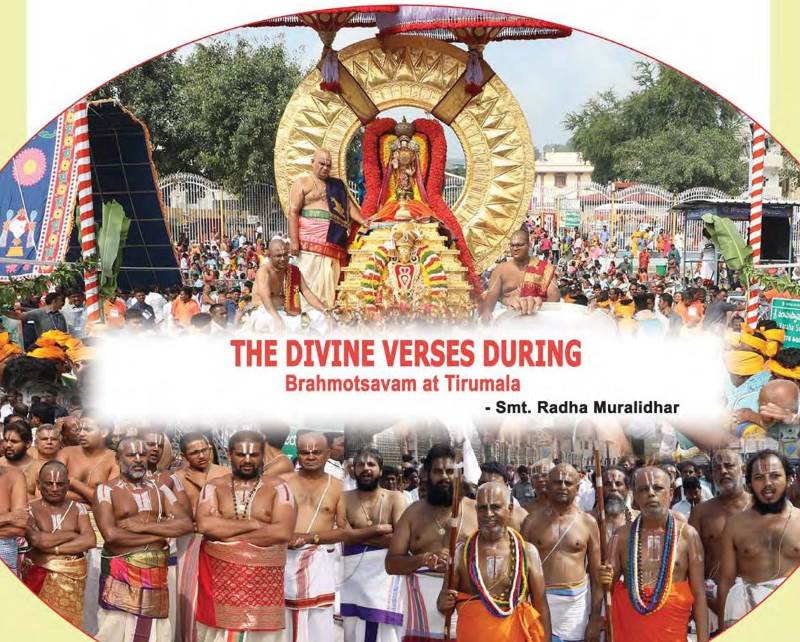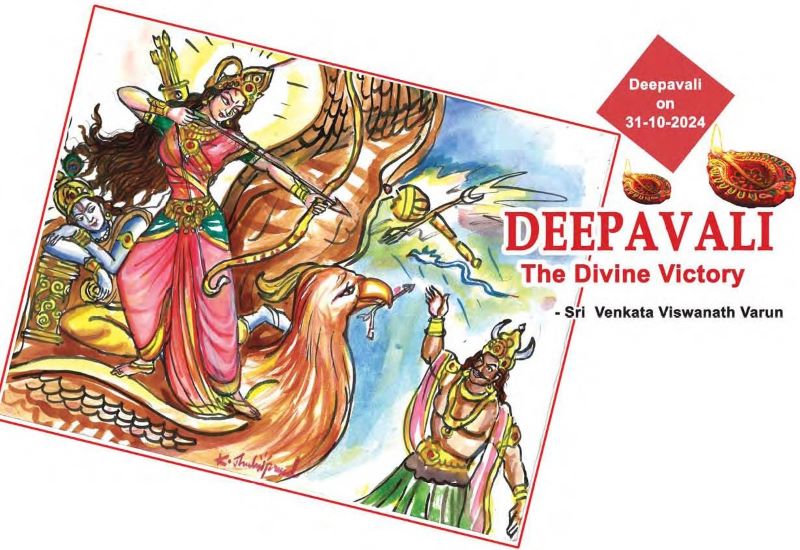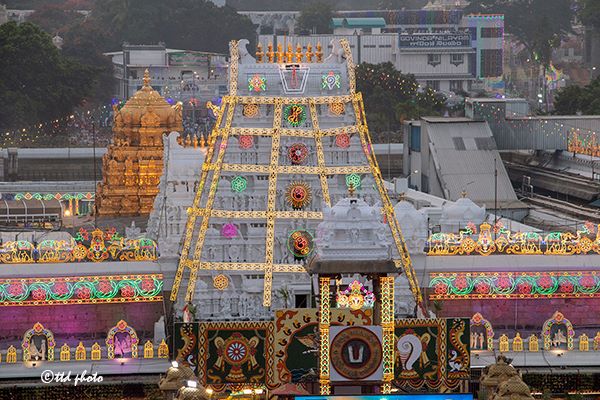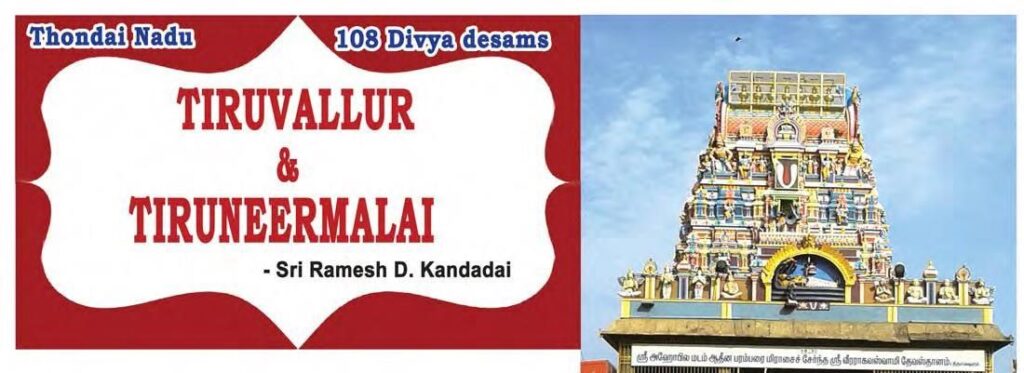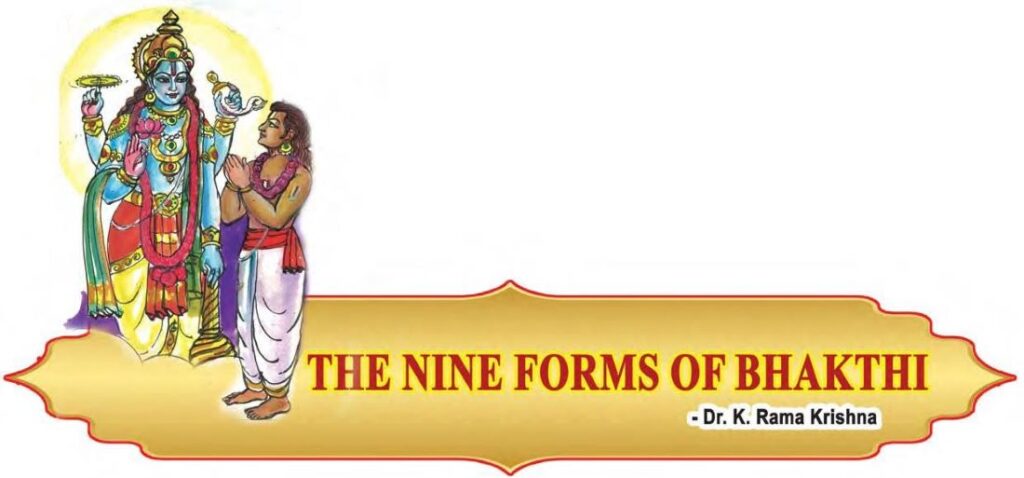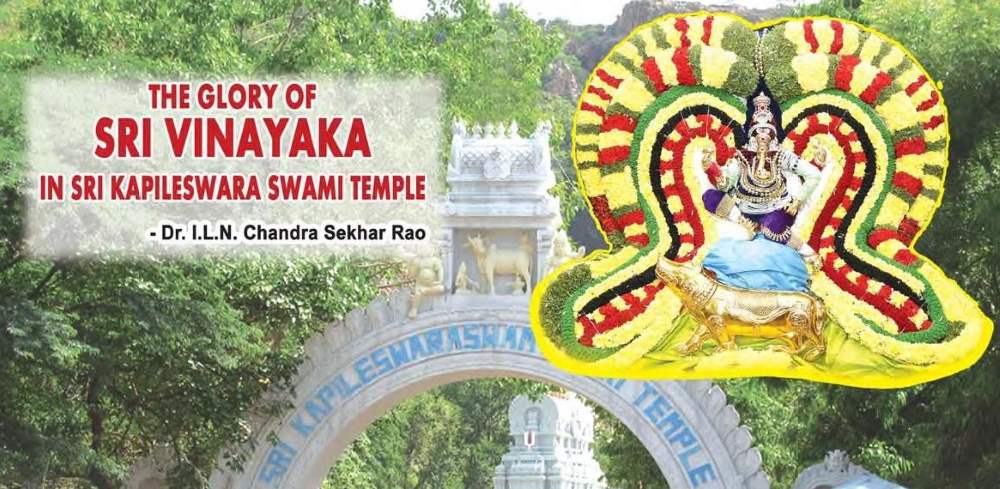Manifestation of Lord Venkateswara Swamy Shines with Lord Sri Mahavishnu left Vaikuntam and reached Venkatadri as Lord Venkateswara Swamy to protect and bless the devotees. Venkatadri is also known as Venkatachalam. It is one of the seven hills of Tirumala, considered a heavenly abode on the earth. The sanctum sanctorum where Sri Venkateswara Swamy resides Read More
Author:
Divine Verses (4000) During Brahmotsavams at Tirumala
4000 Divine Verses Srivari Brahmotsavams Srivari Brahmotsavams of this year will be celebrated between 4th October and 12th October 2024. The holy Thiru Vengadam Hills, perhaps the most famous place of pilgrimage, always carries a festive atmosphere with the crowds pouring in from all parts of the world and this vast land of ours. To Read More
Deepavali – The Divine Victory
Deepavali – The Festival of Lights Deepavali, the Festival of Lights, is celebrated with great enthusiasm and devotion across India. Among the many legends associated with this festival, the story of Lord Krishna and His consort Satyabhama’s victory over the demon Narakasura stands out. This tale is a testament to the triumph of good over Read More
Sri Venkateswara Mangalasasanam
This article is dedicated to one of the 4 parts of Sri Venkateswara Suprabhatam, Mangalasasanam (or Sri Venkateswara Mangalasasanam) Introduction Sri Venkateswara or Balaji is the Saviour of Kaliyuga. The devotees have immense belief in Lord Venkateswara. God in return is showering boons on His devotees, as per their desires. The devotees Praise the Lord’s Read More
Tirupati Balaji Darshan – ecstatic happiness
Tirupati Balaji Darshan – Tirumala Tirumala is an ancient famous Pilgrimage centre. Maha Vishnu took the avatar of Srinivasa in Kaliyuga after the Rama and Krishna incarnations. Venkateswara is an idol form of Srinivasa. The Worship form of Srinivasa is Venkateswara Swamy. It is called Adi Varaha Kshetra. It is more than two hundred crore Read More
Tiruneermalai Neervanna Perumal Temple (108 Divya Desams)
Tiruneermalai Neervanna Perumal Temple (Thondai Nadu) Location This temple is located just a few km west of the Chennai inner ring road, Chennai. It is very accessible from Tambaram. Sthalapuranam The sage Valmiki came down to this hill after worshipping the three forms of Lord Ranganatha, Lord Nrusimha and Lord Trivikrama feeling dissatisfied because he Read More
Sri Veera Raghava Perumal, Tiruvallur (108 Divya Desams)
Thondai Nadu – Lord Sri Veera Raghava Perumal – Tiruvallur Location and Introduction Tiruvallur is located nearly 30km west of Chennai and just north of the Chennai-Bengaluru Expressway. Click here for the Temple Location (Google Maps) Sthalapuranam According to legend, the sage Salihotra used to grind rice into flour and share half of it with Read More
The 9 Forms of Devotion (Comprehensive List)
9 Forms of Devotion Listening, singing, remembering, serving the feet, worshipping, offering obeisance, servitude, friendship, and complete surrender – through these nine paths one can reach God. These are known as the 9 forms of Devotion. A devotee can choose any of these nine paths based on their ability, capacity, and opportunities. Regardless of the Read More
Glory of Sri Vinayaka in Kapileswara Swami Temple
Sri Vinayaka – Tirupati Sri Vinayaka, the son of Sri Shiva and Parvati, receives the first pujas, and appears in every Shiva temple. At Kapilateertham Sri Kapileswara Swamy temple in Tirupati, Sri Vinayaka gives darshan in different forms in the temple premises. Now let us have a glance. Sri Siddhi Vinayaka Swamy In the temple Read More
The 9 Forms of Bhakti
9 Forms of Bhakti Listening, singing, remembering, serving the feet, worshipping, offering obeisance, servitude, friendship, and complete surrender – through these nine paths one can reach God. These are known as the 9 forms of Bhakti. A devotee can choose any of these nine paths based on their ability, capacity, and opportunities. Regardless of the Read More
